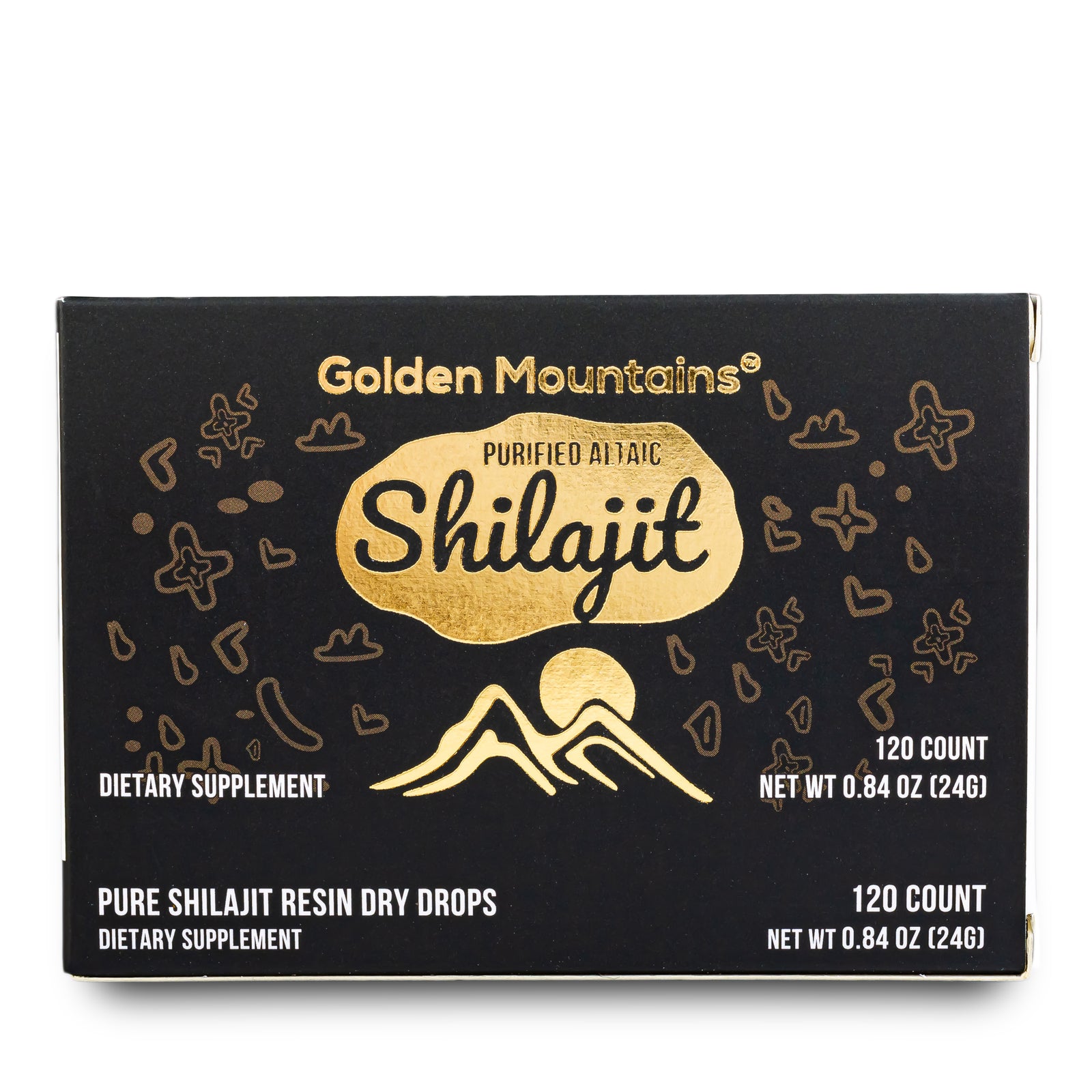Collecting shilajit is a hardworking process since the deposits of this natural product are located high in mountainous areas. But the extraction of raw shilajit is only the first stage on the way to obtaining a finished remedy.
To obtain a pharmacological balm, it is necessary to properly purify the natural substance. The preservation of the healing properties of the shilajit depends on how accurately the cleaning technology is maintained. Improper purification reduces all the beneficial properties of the shilajit to zero.
In its natural form, shilajit is a raw material from which a biologically active substance is extracted. Also, pure shilajit, raw natural material contains various impurities (sand, remnants of rocks, etc.).
The purification of raw natural resin is carried out using water vaporization, Triphala decoction, centrifugation, and evaporation. After using these purifying techniques, impurities settle or float and are then eliminated. Let's take a look at each of the methods in more detail:
Triphala decoction.
The Indian shilajit is cleaned by soaking in water, then boiled in decoctions of various herbs, including a decoction of Triphala (a collection of Indian herbs known for more than 2000 years), in cow urine, after which it is dried and thickened under the sun. The whole purification process takes 3-4 days.
Remedy, processed and mixed with Triphala, is a gray, bitter powder. In addition to pure shilajit, it also includes medicinal herbs.
Altai method - "Water bath".
Altai shilajit is considered cleaner than Indian, it has fewer excess impurities. This is largely due to the favorable climate of the Altai Mountains.
The traditional method of water evaporation for Altai is a laborious and time-consuming process, but only this method allows to preserve all the benefits of the shilajit, at the exit receiving a completely purified medicinal product without foreign components.
Only mid-mountain and high-mountain shilajit are used as raw materials. The natural resin is put into a special container and placed in cold water. After hardening, the top layer is cut off from it.
After 40-50 minutes of evaporation in a “water bath”, an oily broth is obtained. After that, the broth is placed in the raw shilajit cooled to room temperature, and thoroughly mixed. After about 2 weeks, the shilajit dissolved in a decoction of herbs begins to rise to the top, and sweep in the form of stones, sand, and debris sink to the bottom.
The cleaned shilajit collected from the surface is applied to prepared wooden trays covered with beeswax. The trays are covered with gauze and exposed to the open air to remove excess moisture.
Thermal evaporation.
One of the main problems of shilajit buyers is a large number of poor-quality products from unreliable sources today. Most of them are the result of an outdated and ineffective, but at the same time low cost, method of evaporation.
This method significantly saves time and costs of cleaning the shilajit from various impurities and water mass. It is for this reason that the best shilajit manufacturers use it.
For processing shilajit in this way, most often raw materials with a high degree of contamination are selected since it is very cheap and the most affordable, it can be easily mined in large volumes, or purchased at low prices.
Raw shilajit is poured with water and dissolved to a certain consistency. The resulting solution is filtered, impurities (stones, sand, various debris, etc.) are removed.
After filtration, the purified solution is heated to a temperature of 60 ° C - 80 ° C and moisture begins to evaporate from it.
Centrifugation method.
This method is a process of separation of various inhomogeneous impurities and useful shilajit using centrifugal force. To accomplish this, specialized devices are used, which are called centrifuges.
During ultra-high-speed rotation, a centrifugal force arises in an industrial apparatus, which contributes to the separation of the processed substance by density - for example, the solid particles of sand, stone, branches, etc. in the liquid "settle".
The centrifugation method, as a more modern one, in recent years has been increasingly used in the production of high-quality shilajit, gradually replacing the outdated method of evaporation. He's just objectively better because:
- The filters installed in the centrifuge make it possible to more efficiently remove harmful substances from the shilajit.
- Due to the absence of thermal effects, purification of the shilajit in a centrifuge retains all the healing properties of this unique "gift of nature".
Modern technologies make it possible to produce purified shilajit with a minimum of waste and on a huge scale. This means that manufacturers do not need to economize on the production process, which has a beneficial effect on the quality of the final product.





Leave a comment (all fields required)